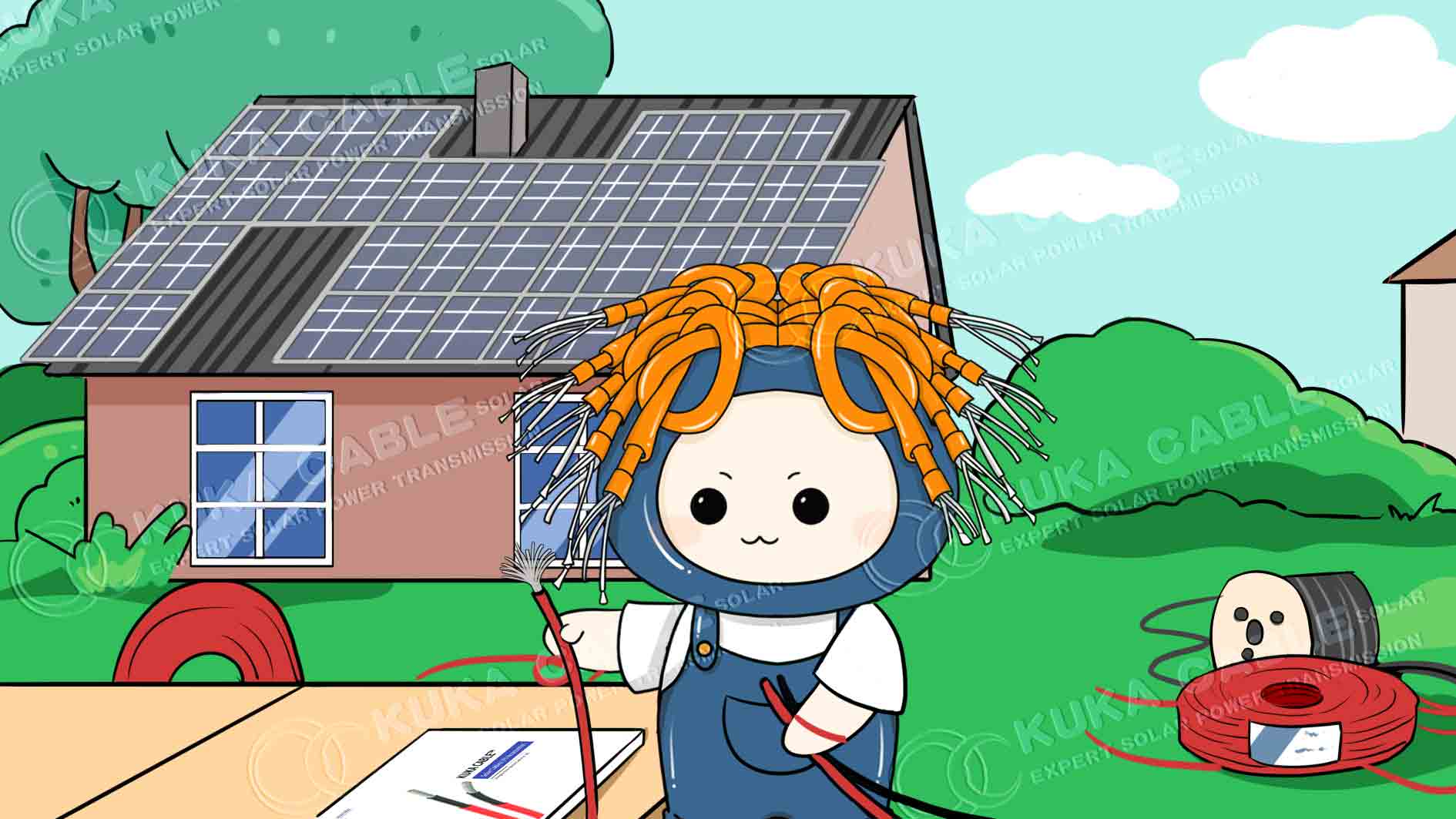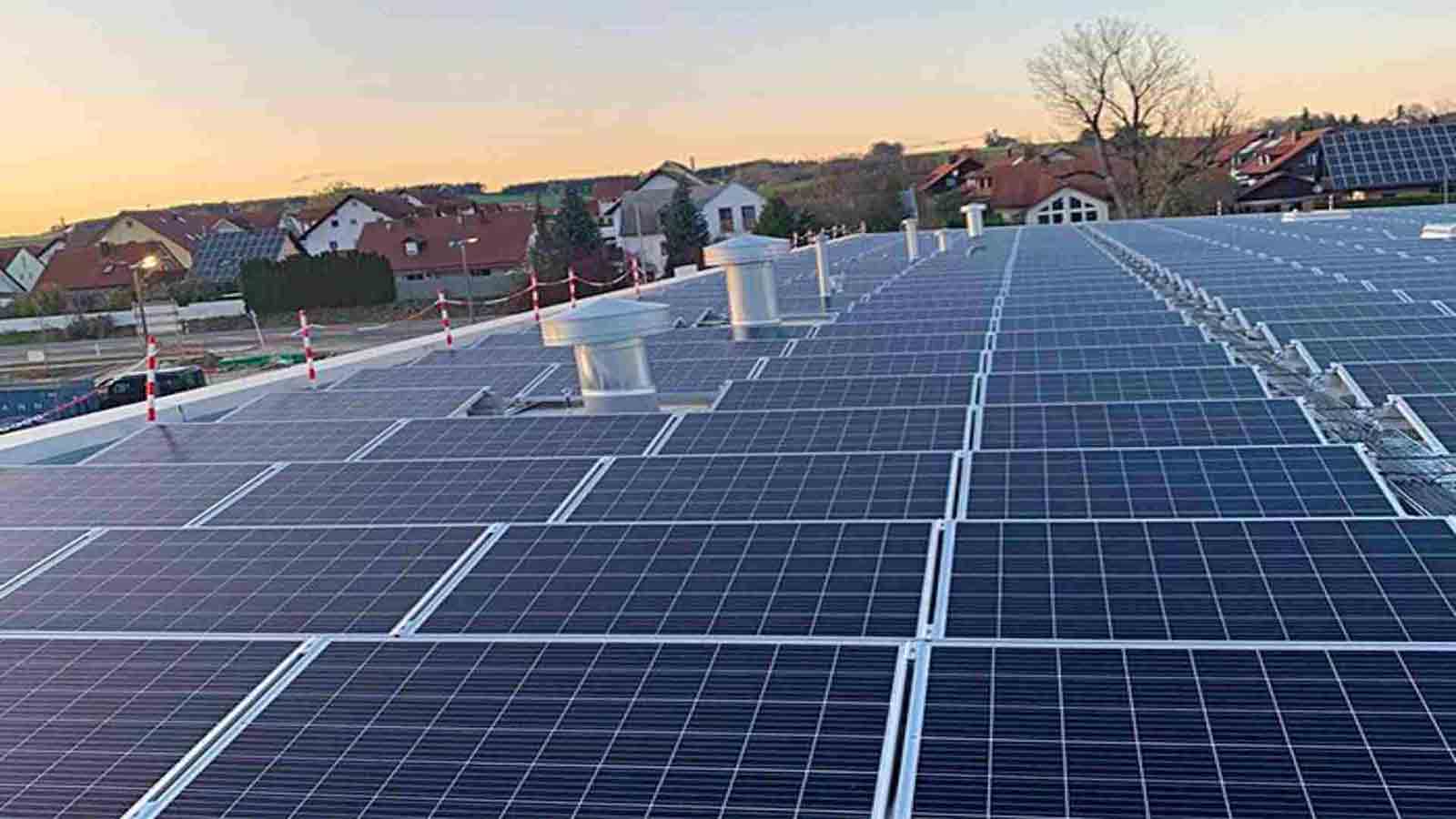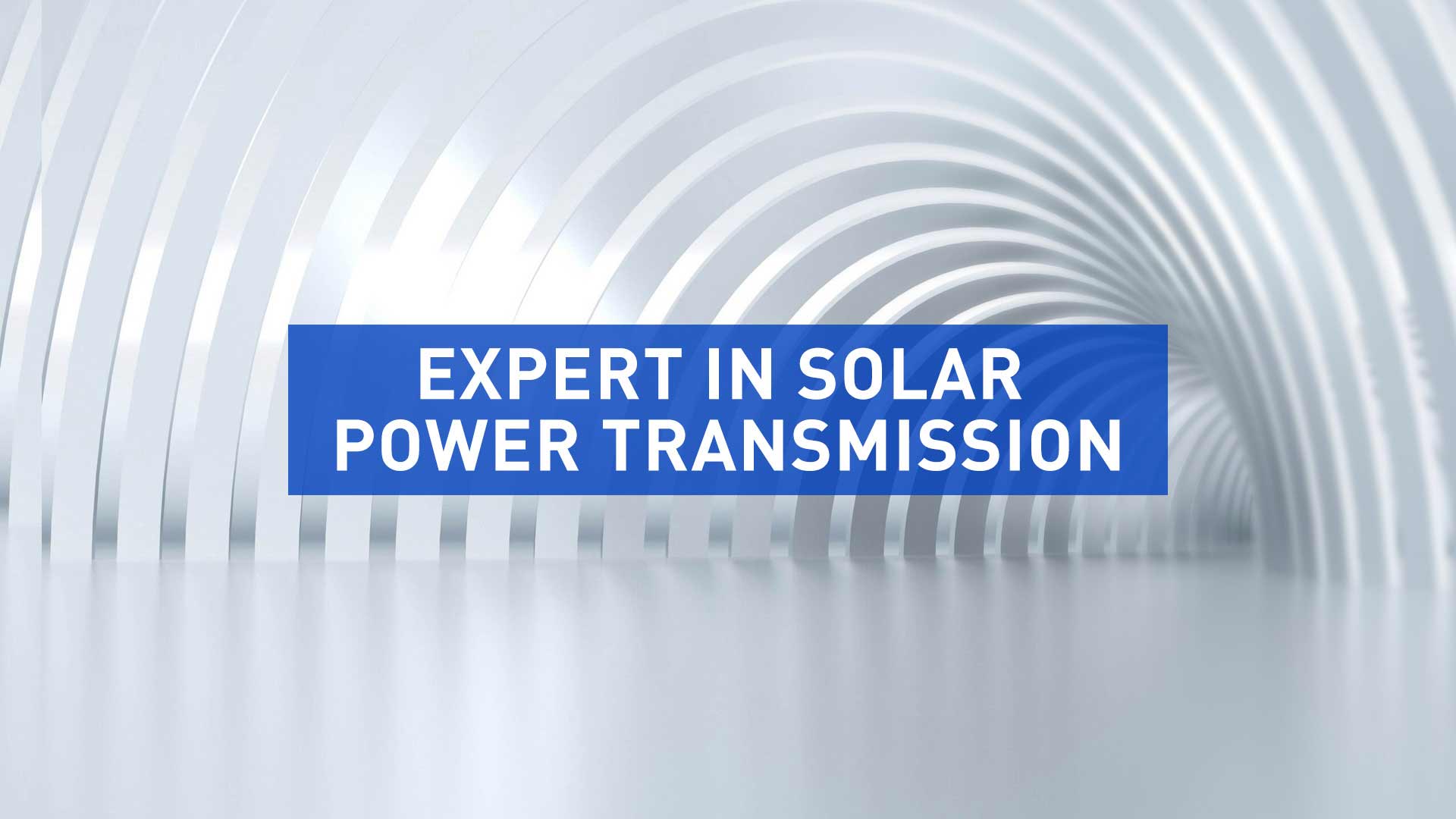WoodMac Predicts Global Solar Installations Will Slightly Decline in 2024
DECEMBER 26ST,2024
Wood Mackenzie forecasts global solar installations will slightly decline to 492 GW in 2024. This is one of the key predictions from their analysts in the energy and natural resources sector. According to the company, many of the trends shaping the industry in 2024 will continue into 2025, but some changes beneath the surface are likely to become more significant.
Wood Mackenzie estimates that structural changes in China will have a major impact on global oil demand, though it will still be below pre-crisis levels. They predict that global industrial output will grow 13% by 2025 compared to 2019, but diesel demand will decrease by 0.6%, mainly due to the rise of electric vehicles and electric trucks in China.
In the battery storage sector, Wood Mackenzie predicts Saudi Arabia will become one of the top 10 battery storage markets globally by 2025. This growth is driven by the country's ambitious 2030 economic development goals and significant investments in renewable energy. Battery storage will complement Saudi Arabia’s solar and wind power projects. Emerging storage markets in countries like Turkey and Bulgaria are also expected to see strong growth.
On solar, Wood Mackenzie and SolarPower Europe predict global solar installations will stabilize for the first time since 2018. Utility Solar North America's chief analyst, Sylvia Leyva Martinez, says that after years of rapid expansion, global solar installations are expected to slow down by 2025. She adds that global solar installations in 2024 will slightly decline to 492 GW, a 0.4% decrease compared to 2023.
Between 2019 and 2024, the global solar installation growth rate averaged 31%. However, some major markets are facing constraints that are becoming significant barriers to investment. China, which accounts for over half of global solar installations, will see a slowdown in new installations due to limited grid capacity and increasing demand restrictions. In India, installation volumes declined after an initial rebound, as developers rushed to install systems before mandatory domestic component regulations take effect. Brazil is also facing challenges due to increased tariffs on imported components.
Wood Mackenzie predicts that these cumulative restrictions in multiple countries will cause global solar installations to stabilize at current levels through the 2030s.
In the hydrogen sector, Wood Mackenzie's hydrogen analyst, Bridget van Dorsten, predicts that US blue hydrogen will dominate global supply, while green hydrogen will struggle. By 2025, blue hydrogen, produced from natural gas with carbon capture, will consolidate its position as the dominant force in US industry. Over 1.5 million tons per year of blue hydrogen projects are set to reach final investment decisions, solidifying the US’s position as the global leader in blue hydrogen production. Meanwhile, green hydrogen will face difficulties due to the incoming Trump administration's lukewarm stance on decarbonization, regulatory uncertainty, and competition for capital from lower-risk industries. It is expected that green hydrogen FID capacity in the US in 2025 will be just one-tenth of blue hydrogen FID capacity.
Overall, while the solar and energy sectors face some challenges in 2024, there are emerging market opportunities, particularly in energy storage, with long-term growth potential for renewable technologies.


















